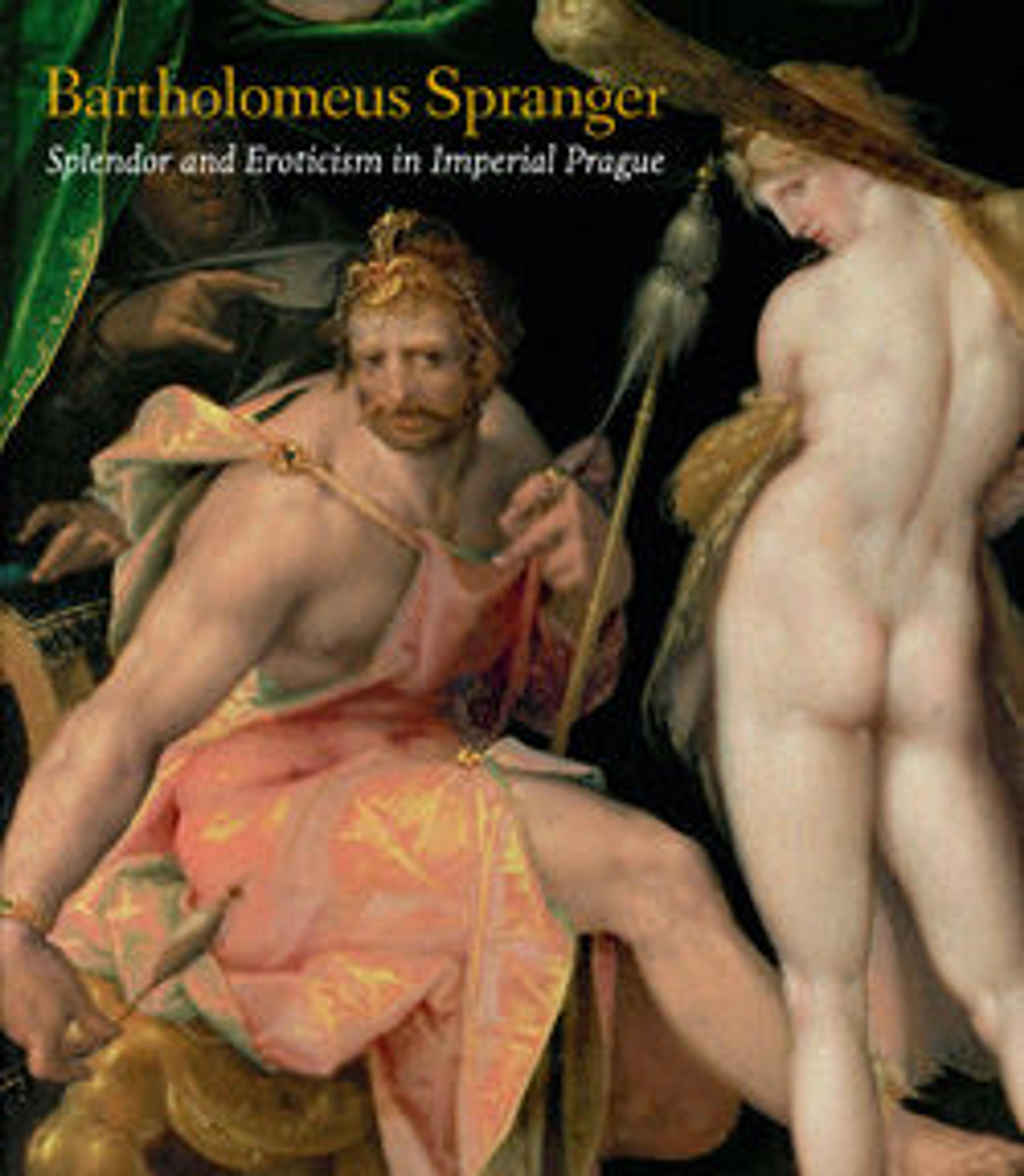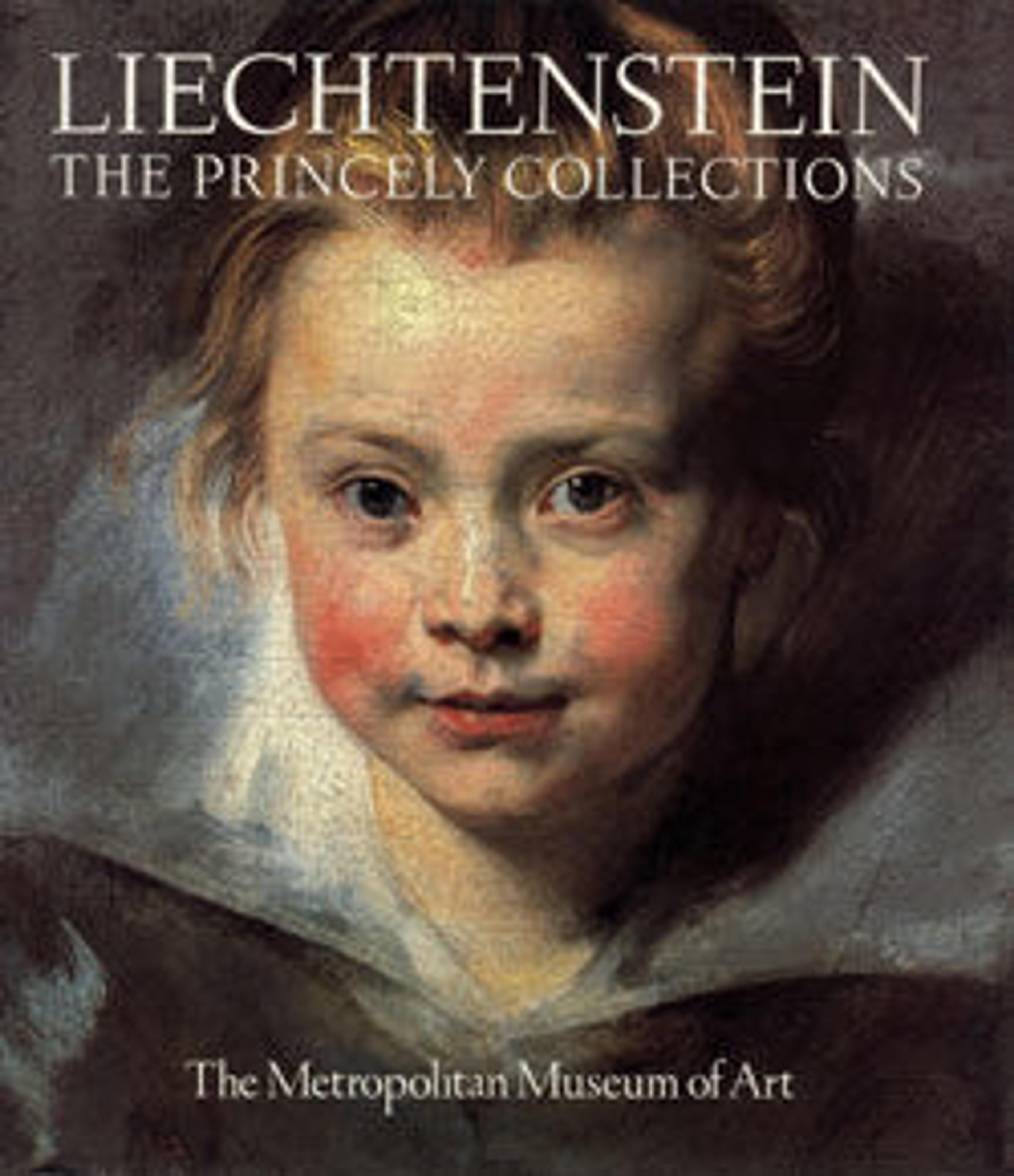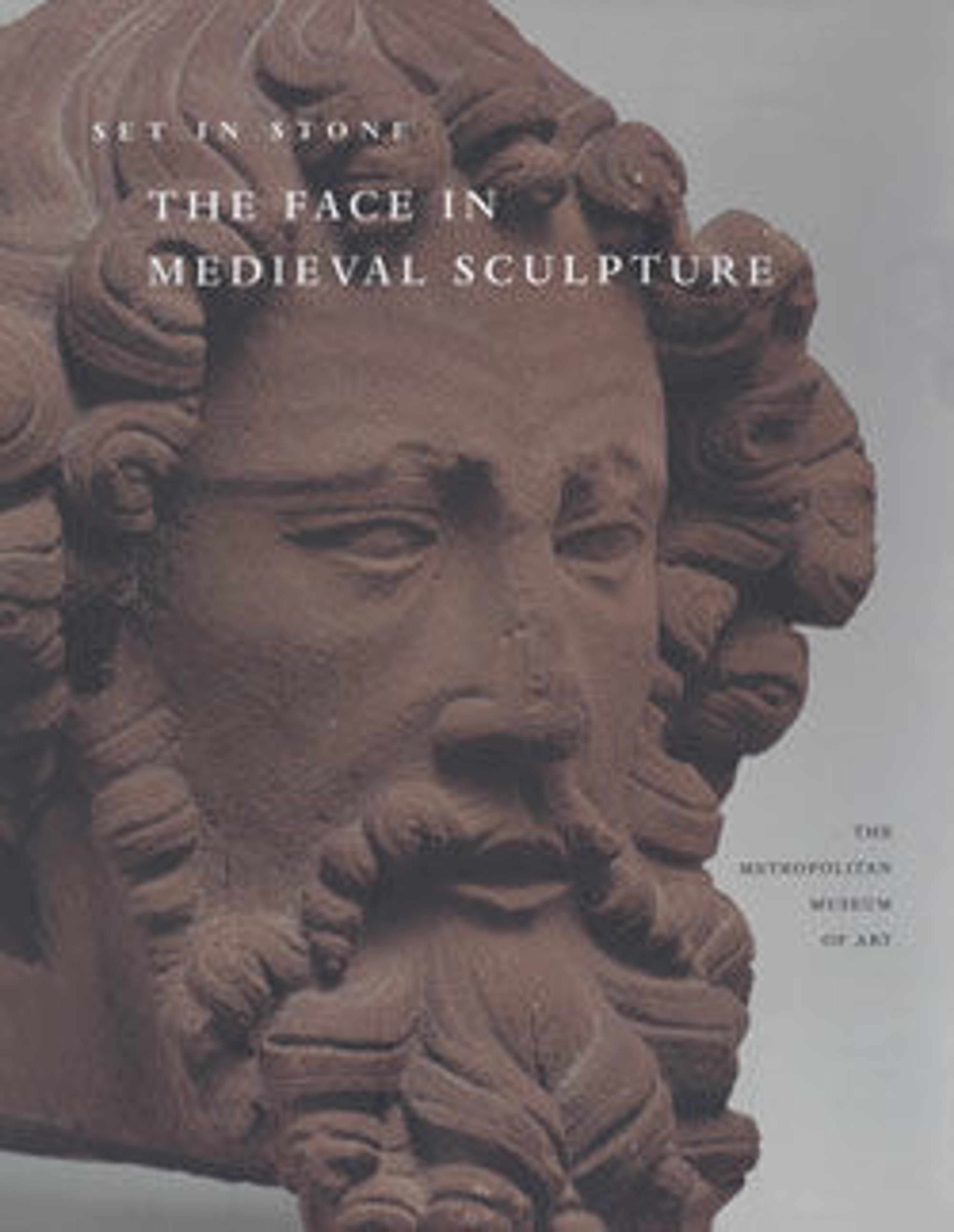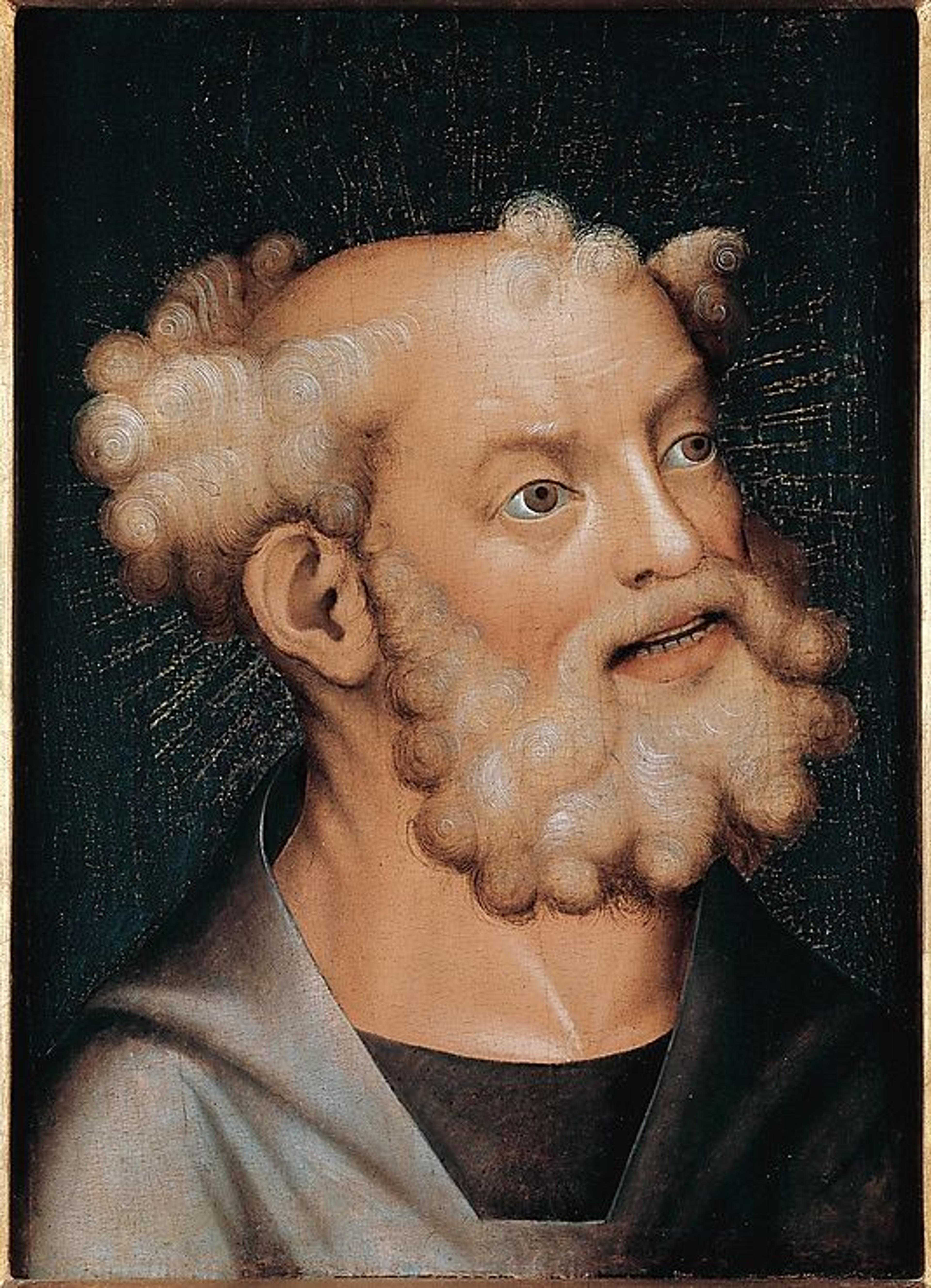
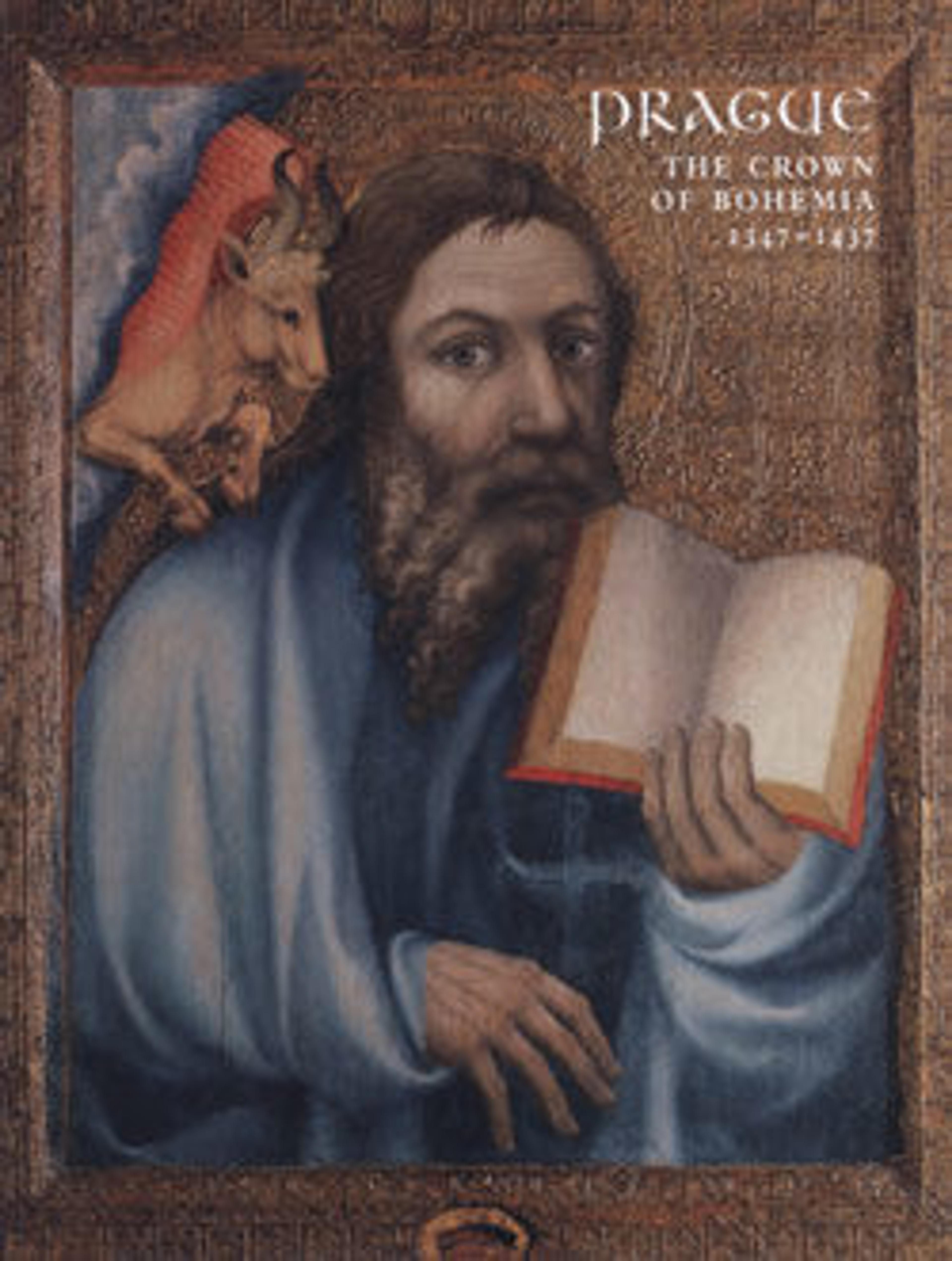
Prague, The Crown of Bohemia, 1347–1437
Prague, the Gothic jewel of the kingdom of Bohemia and capital of the modern Czech Republic, has been lauded by poets as "the dream of delirious architects" whose "magic needs no wand." Today, after decades of political isolation, the city again draws throngs of tourists eager to see its imposing castle, its soaring cathedral and mighty bridge. Yet many do not realize how much of Prague's fairy tale skyline and how many of its treasures were created after Charles IV established his new European capital on the banks of the Vltava in the fourteenth century.
Son of the king of Bohemia and grandson of the Holy Roman Emperor, Charles was an erudite and devout prince, educated in Paris and linked by bonds of kinship to the courts of Europe. After he assumed his father's throne in 1347, he transformed Prague into a royal capital meant to rival Paris and Rome. He rebuilt Prague Castle with golden towers to shine both east and west, founded the first university in central Europe, and initiated a massive building campaign to glorify Saint Vitus's Cathedral. When Charles was crowned Holy Roman Emperor in 1355, court and church commissions redoubled throughout his vast empire.
After Charles's death in 1378, his son Wenceslas IV found himself increasingly embroiled in political and religious turmoil. Wenceslas's weaknesses as a ruler notwithstanding, art in Bohemia reached its apogee during his reign. The disparate artistic traditions Charles had brought to Prague from across Europe had coalesced into a distinctive aesthetic known as "The Beautiful Style," recognizably "made in Prague." Wenceslas's half brother Sigismund, king of Hungary and later Holy Roman Emperor, succeeded to the throne of Bohemia in 1419. Because of the unrest that continued there, he maintained his court in Buda. Like his father and brother before him, Sigismund lavishly decorated his residences and commissioned sumptuous works of art. In 1436–37, the final year of his life, he at last gained control of Prague.
Prague, The Crown of Bohemia, 1347–1437, the companion to a landmark exhibition at The Metropolitan Museum of Art, celebrates the remarkable flowering of art that took place in Prague as the city emerged as a European cultural capital. In essays and entries on works of art drawn from Czech, other European, and American collections, an esteemed group of scholars elucidate this compelling chapter in European history. Among the nearly 200 objects are paintings, including panels by Master Theodoric from the Holy Cross Chapel at Karlstejn Castle; goldsmiths' work from Saint Vitus's Cathedral that has not been exhibited for decades; sculpture; drawings, including an artist's model book with its original carrying case; stained glass; embroideries from ecclesiastical vestments; and illuminated manuscripts from the personal collection of Wenceslas IV. These precious objects bear witness to the achievements of the hundreds of artists trained and active in Prague and its rulers' dominions during this spectacular century.
Met Art in Publication
You May Also Like
Press the down key to skip to the last item.
Citation
Boehm, Barbara Drake, Jiří Fajt, Metropolitan Museum of Art (New York, N.Y.), and Obrazárna pražského hradu, eds. 2005. Prague: The Crown of Bohemia, 1347-1437. New York : New Haven: Metropolitan Museum of Art ; Yale University Press.
